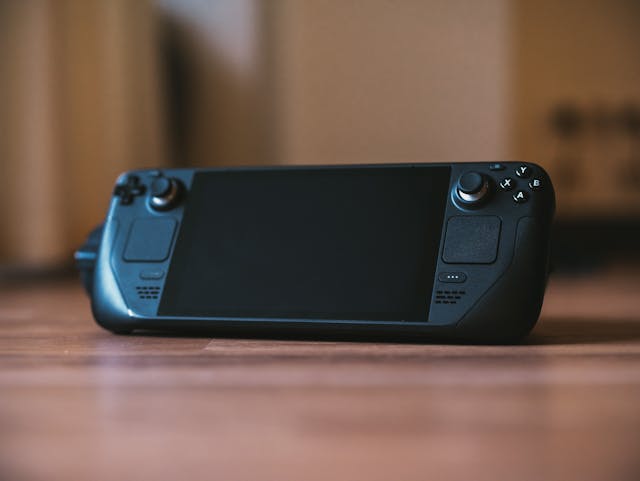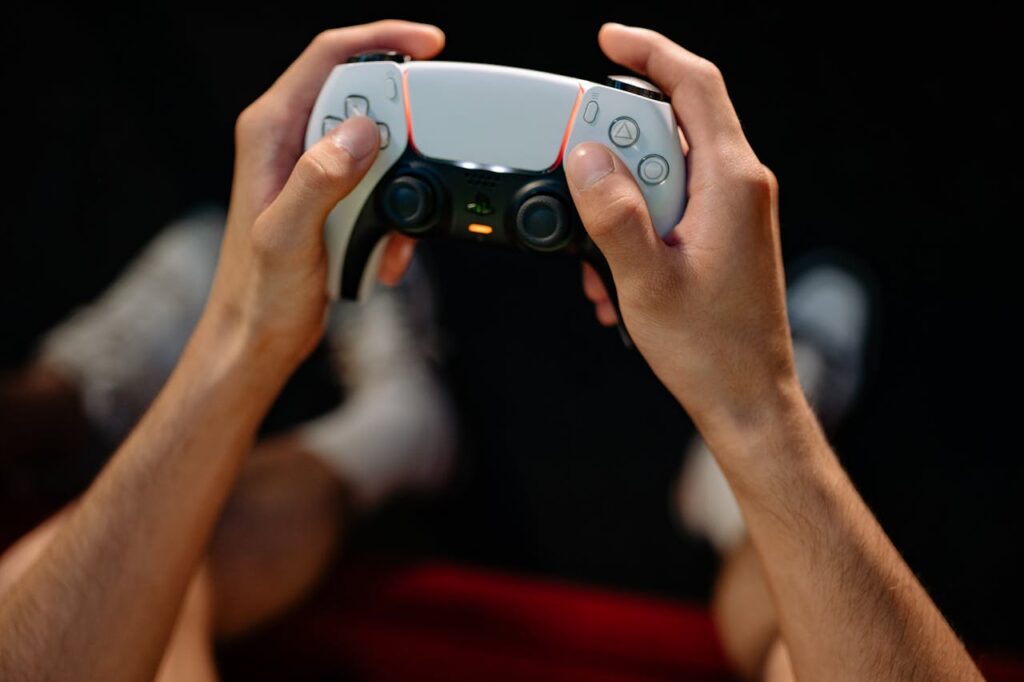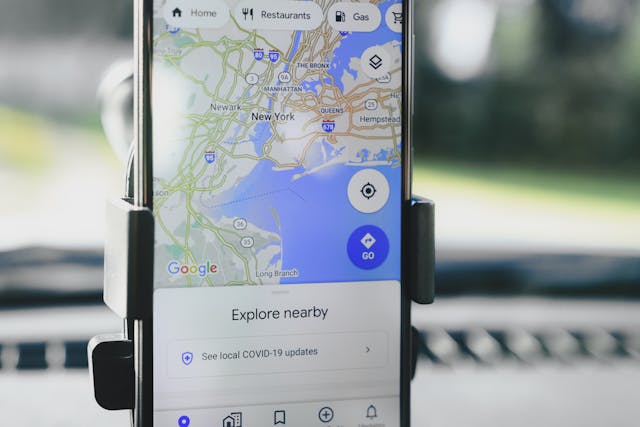For retro gaming enthusiasts, nothing beats the feeling of revisiting childhood classics like Final Fantasy VII, Crash Bandicoot, or Metal Gear Solid. While original PlayStation consoles may be gathering dust, modern technology allows us to emulate these experiences through software. However, emulating PlayStation 1 (PS1) games requires more than just the game files. One crucial element often overlooked is the PS1 BIOS. In this article, we will explore what PS1 BIOS is, why it’s necessary, and how it functions within emulators to bring your favorite PS1 games to life.
What is PS1 BIOS ?
The PS1 BIOS (Basic Input/Output System) is a fundamental piece of software that allows the PlayStation console to interact with its hardware. It’s stored in the system’s read-only memory (ROM) and serves as the interface between the hardware (like the CPU, memory, and I/O ports) and the software (games, applications). When you power up your PlayStation, the BIOS file loads and initializes the hardware, checks the game disc, and launches the game.
In the context of emulation, the PS1 BIOS is just as important. It mimics the behavior of the original PlayStation console by ensuring compatibility with the game files, providing the necessary hardware initialization, and ensuring that everything works as intended.
Why is PS1 BIOS Important in Emulation ?
The PS1 BIOS is crucial for several reasons:
- Game Compatibility: Many PS1 games were specifically designed to work with the system’s BIOS, including region-specific checks, game authentication, and even specific error handling. Without the BIOS, these games will not function correctly in emulators.
- Accurate Emulation: The BIOS is an integral part of the PlayStation’s hardware ecosystem, meaning that, for emulators to replicate the exact behavior of the original hardware, the BIOS must be included. This is especially important for system functions such as loading saved data, regional restrictions, and booting the game properly.
- Error Prevention: Without the correct BIOS, emulators will often fail to run PS1 games altogether, causing crashes, error messages, or incomplete game loading. For a smooth and error-free emulation experience, a properly functioning PS1 BIOS is essential.
In short, the PS1 BIOS is the glue that connects the emulation software to the games, making sure everything runs as it should, just like it did on the original PlayStation hardware.
How Does PS1 BIOS Work ?
The PS1 BIOS works by providing a software layer that bridges the interaction between the PlayStation’s hardware and the software (games). Here are the main functions of the BIOS in a PS1 system:
- Hardware Initialization: When you turn on the PlayStation, the BIOS runs a series of low-level instructions that initialize the system’s core hardware components like the CPU, memory, and input/output ports. Without the BIOS, the system wouldn’t know how to communicate with the different hardware components.
- Game Authentication and Loading: Once the hardware is initialized, the BIOS checks the inserted game disc (or in the case of emulation, the game file) to verify it is a valid PlayStation game. It ensures that the disc is not damaged and that the game is compatible with the PlayStation model and region.
- System Checks and Regional Encoding: The BIOS also handles region encoding, a critical feature of the PlayStation. Since games were released in different regions (NTSC for North America and Japan, and PAL for Europe), the BIOS determines whether the inserted game matches the system’s region. If there’s a mismatch, the game won’t load.
In emulation, this process is replicated, which is why having the correct BIOS is crucial for ensuring games run as intended.
Types of PS1 BIOS Files
There are several PS1 BIOS files depending on the PlayStation model and region. Each version of the BIOS caters to specific PlayStation models and gaming regions, ensuring compatibility with the games from those areas.
- SCPH-1001: One of the most popular and widely used BIOS versions, this is the North American version for NTSC-U (USA) games. It is often preferred for its reliability and compatibility with a wide range of games.
- SCPH-5501: This BIOS version is also used in NTSC-U systems, but it tends to be less common compared to the SCPH-1001. It’s still compatible with most games from the region.
- SCPH-7502: This is the European (PAL) version of the BIOS. PAL games often run at a lower frame rate (50 Hz) compared to NTSC games (60 Hz), and this BIOS is designed to support such games.
- SCPH-9000: This BIOS is used in the later versions of the PS1, such as the PS1 slim model. It offers improvements in stability and performance compared to earlier versions.
Using the correct version of the BIOS for your region is important because it can prevent issues like region-locked games, slow performance, or even game crashes. Emulators like ePSXe, PCSX-Reloaded, and RetroArch allow you to choose between these versions when setting up your environment.
How to Obtain and Install PS1 BIOS Safely

Legal Considerations
Before we get into the installation steps, it’s important to understand the . Since the BIOS is a copyrighted piece of software, downloading it from unauthorized sources could potentially violate copyright laws. The best way to obtain a PS1 BIOS is to extract it from your own PlayStation console using a tool like BIOS Dumper.
Alternatively, you can find the BIOS on some websites that offer instructions for legal BIOS extraction. However, you should always exercise caution and avoid downloading BIOS files from untrusted sources, as this could expose you to malware or copyright infringement issues.
Installing PS1 BIOS on Emulators
Once you’ve obtained a legitimate BIOS file, the installation process is relatively straightforward. Here’s how to do it:
- Download and Install an Emulator: Choose a PS1 emulator like ePSXe, RetroArch, or DuckStation. Ensure you download it from a reliable and official source to avoid malware.
- Locate the BIOS Folder: Most emulators have a specific folder designated for BIOS files. Check the emulator’s documentation or settings to find this folder.
- Copy the BIOS File: Place the BIOS file (such as SCPH-1001.bin or SCPH-7502.bin) into the BIOS folder.
- Configure the Emulator: Open your emulator’s settings and navigate to the BIOS configuration section. Select the BIOS file you’ve placed in the folder.
- Test Your Setup: After configuring the emulator, load a PS1 game to ensure the BIOS is functioning correctly. If everything is set up properly, the game should run smoothly without errors.
Common Issues with PS1 BIOS and How to Fix Them
Even with the correct BIOS file in place, you may encounter a few issues. Here are some common problems and their solutions:
1. BIOS Not Found Error
- Cause: This error typically occurs when the emulator cannot locate the BIOS file.
- Solution: Double-check the location of the BIOS file. Ensure it’s in the correct directory and properly named (e.g., SCPH-1001.bin).
2. Incompatible BIOS Version
- Cause: Using a BIOS file that doesn’t match the region or version of the game can cause incompatibility.
- Solution: Make sure the BIOS matches the region of the game you’re trying to play. Use the appropriate SCPH version for your game’s region (e.g., SCPH-7502 for PAL games).
3. Corrupted BIOS File
- Cause: Downloaded BIOS files may become corrupted during the download process.
- Solution: Re-download the BIOS file from a trusted source or dump it directly from a PS1 console.
PS1 BIOS and Retro Gaming Experience
The PS1 BIOS plays a pivotal role in enhancing the retro gaming experience. By using the correct BIOS, players can enjoy an authentic gaming experience that closely mirrors the original PlayStation. Many iconic games like Crash Bandicoot and Gran Turismo were designed to work with the PS1’s unique hardware features, and the BIOS allows these features to be accurately replicated in emulators.
The nostalgia factor is also significant—when you fire up a PS1 game on an emulator, complete with the correct BIOS, you’re essentially revisiting the past. The emulator recreates the environment of the PlayStation console, from boot-up animations to system sounds, making it feel as if you’re holding the original hardware in your hands.
Legal and Ethical Aspects of PS1 BIOS
As mentioned earlier, legal considerations are an important aspect of using the PS1 BIOS. In many regions, downloading a BIOS from an unofficial source is illegal. However, if you already own the original hardware, extracting the BIOS for personal use is typically considered fair use.
To avoid legal issues, always ensure that you’re using legally obtained BIOS files. Extracting the BIOS from your own PlayStation console ensures you’re staying within the boundaries of the law.
Conclusion
The PS1 BIOS is more than just a technical file—it’s the cornerstone of retro gaming on modern devices. It enables emulators to recreate the authentic PlayStation experience, ensuring that games run smoothly and accurately. Whether you’re revisiting



